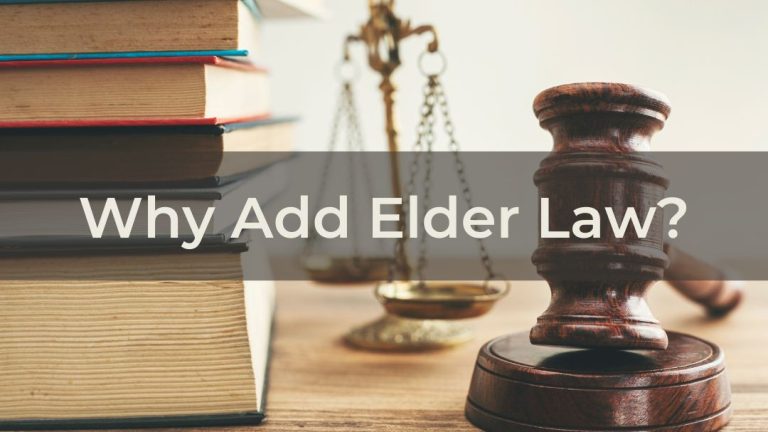Ohio Property Listed for Sale Is Considered Countable for Medicaid

Disclaimer: Since Medicaid rules and insurance regulations are updated regularly, past blog posts may not present the most accurate or relevant data. Please contact our office for up-to-date information, strategies, and guidance.
A recent case out of Ohio spotlighted the question of whether a real estate property that is listed for sale but remains unsold, should be considered a countable resource in determining the Medicaid applicant’s asset eligibility. Read the full decision.
Case Facts:
The case at hand was brought forward by Plaintiff-Appellant, Jared B. Chamberlain, as special administrator of the estate of Isaac Harrell. Mr. Harrell submitted his application for benefits in February 2017 requesting retroactive coverage for the three months prior as well. Upon submitting his application to Medicaid, Mr. Harrell was denied retroactive benefits because the value of the resources he possessed in the form of real property exceeded the $2,000 resource threshold.
Namely, Mr. Harrell owned real property in Laurel, Mississippi that was valued at approximately $100,000 and although the property was listed for sale in September 2016, it did not sell until September 2017. As such, Medicaid denied Mr. Harrell’s request for benefits during the period until the property had been sold. Following the magistrate’s ruling to affirm the trial court’s decision to uphold the denial, Plaintiff has appealed.
Watch Now: Fair Hearings 101
Analysis:
In accordance with 20 C.F.R. 416.1201(a)(1), Plaintiff contends that countable resources are limited to only the resources that are available to the applicant, meaning the applicant must have the power to liquidate the asset for it to be considered as ‘countable’.
Furthermore, Plaintiff cited state regulation as well noting that in Ohio, resources consist of “cash, funds held within a financial institution, investments, personal property, and real property an individual has an ownership interest in and has the legal ability to access in order to convert to cash and is not legally prohibited from using for support and maintenance.” Therefore, the Mississippi property was not an ‘available’ resource to Mr. Harrell because he was unable to secure a buyer for the property resulting in his inability to access the property’s liquidity.
To support their argument, the Defendants relied heavily on the court’s previous decision handed down in Cowan v. Dept. of Job & Family Services. Defendants asserted that the outcome of Cowan should set precedence for the court’s analysis of this case as well.
Read More: Unsold Property Countable for Medicaid in Ohio Case
Outcome:
Ultimately, the court affirmed the trial court’s judgment concluding that the Plaintiff’s argument misconstrues the plain language of the state’s administrative rule. At the time that the Medicaid application was submitted, any real property that a Medicaid applicant “had the legal ability to access” was a countable resource affecting eligibility. While Plaintiff cites federal law 20 C.F.R. 416.1201 enforcing their argument, the court notes that this law deals primarily with an applicant’s qualifications to obtain SSI.
Furthermore, Ohio courts “have squarely rejected the grafting of 20 C.F.R. 416.1201 onto Medicaid eligibility, which represents a state responsibility.” While Ohio’s consideration of resources in Medicaid eligibility determinations must include a reasonable-efforts exclusion under 42 U.S.C. §1382b(b)(2) to avoid being more restrictive than SSI eligibility criteria, the court determined that there is no evidence of reasonable efforts in the record. As such, the court found no reason to depart from the recent decision in Cowan, affirming the trial court’s judgment that when Mr. Harrell applied for retroactive Medicaid benefits, his Mississippi property was a countable resource affecting his eligibility.
In the event of a Medicaid denial, download our ‘Medicaid Denial and Fair Hearing Guide’ or contact our office and speak with one of our Benefits Planners today!



